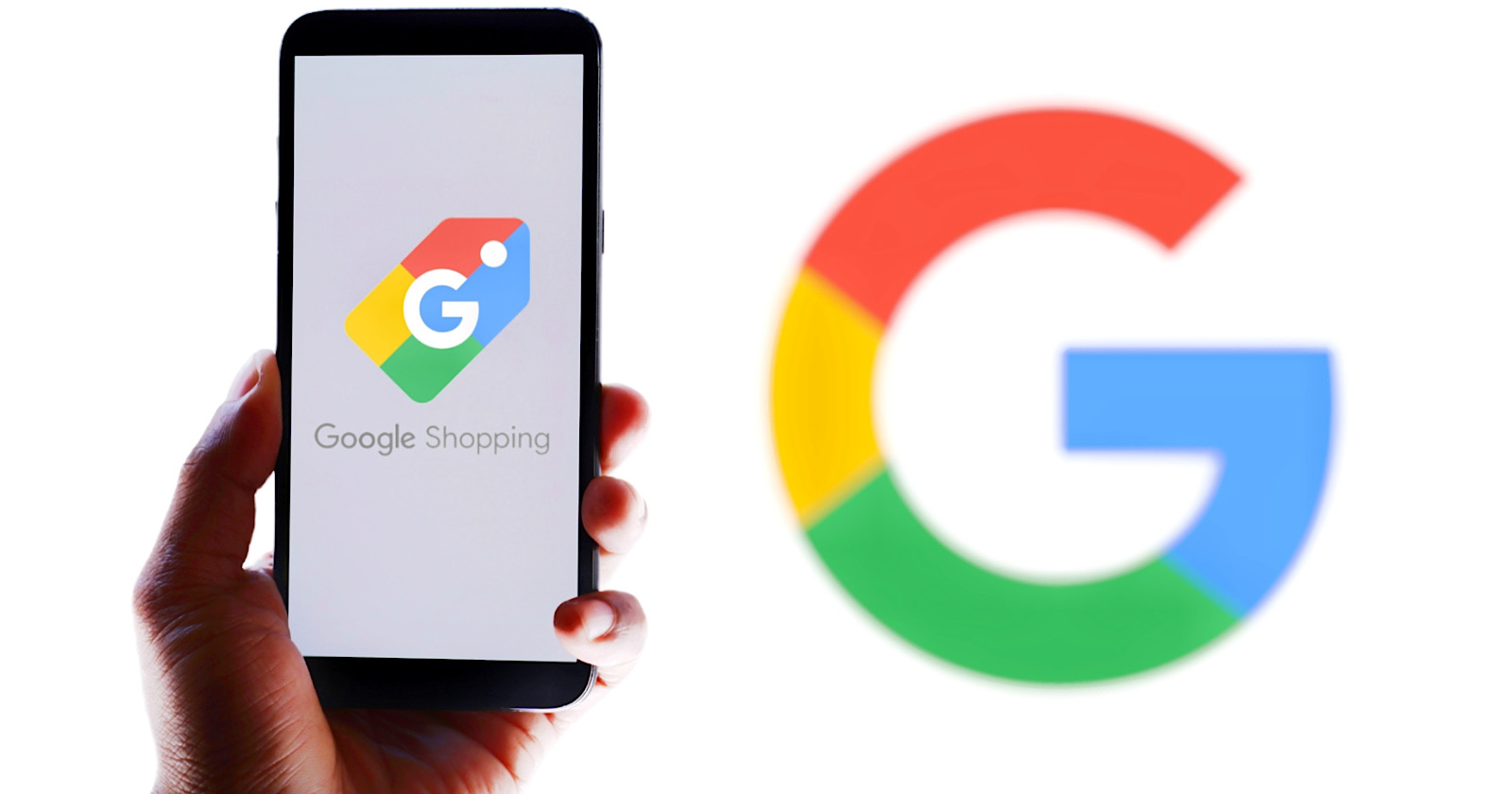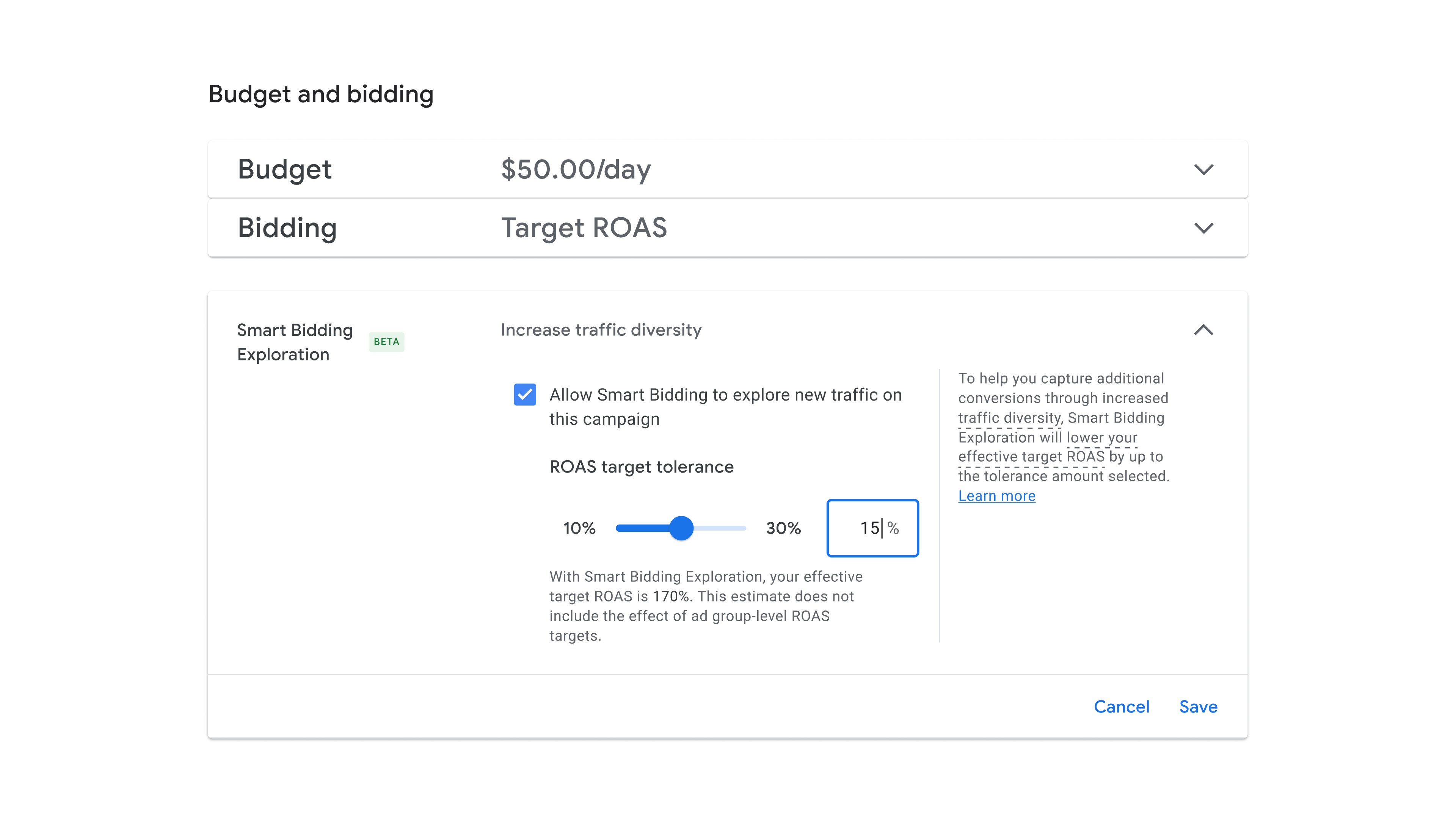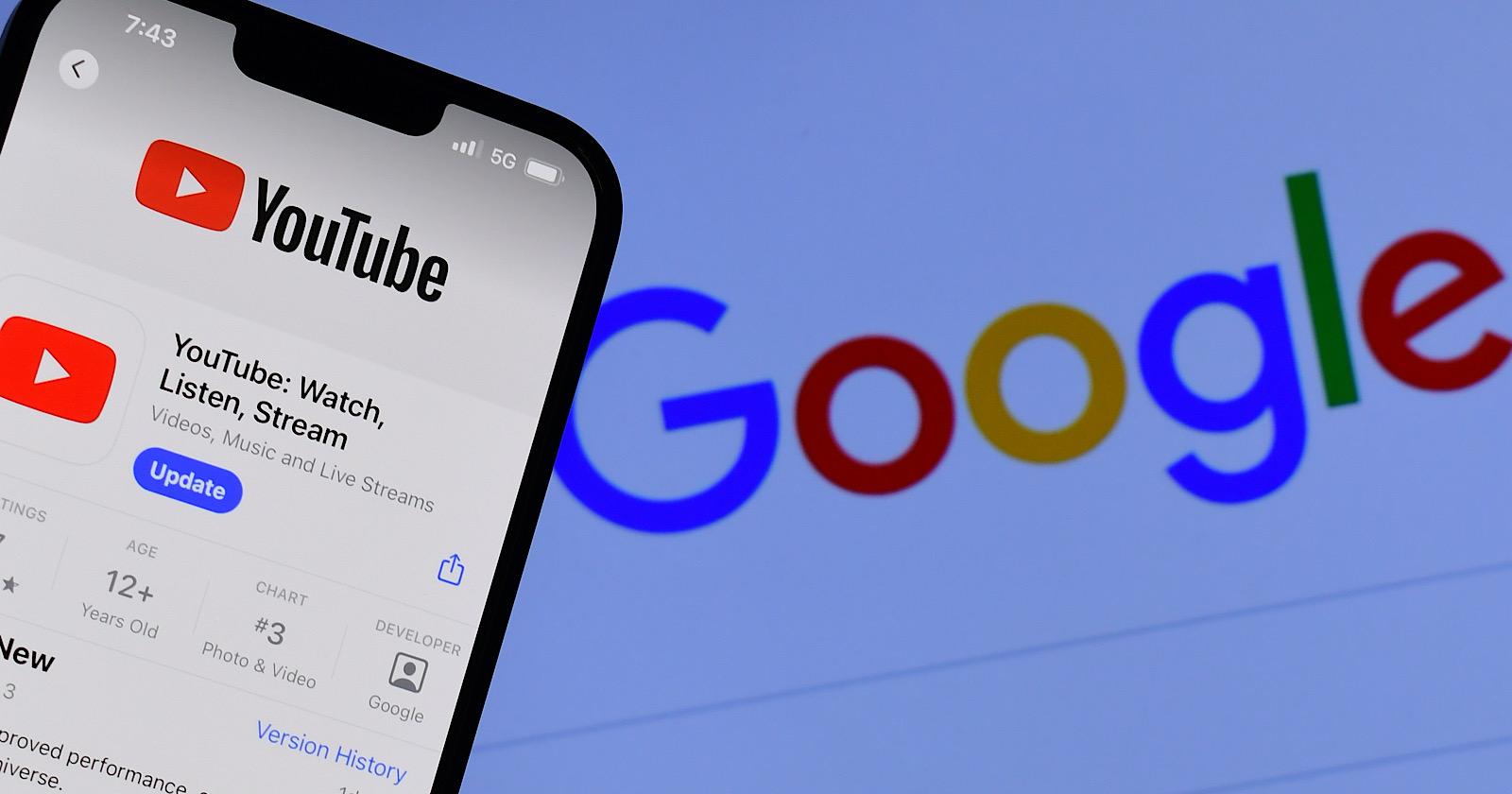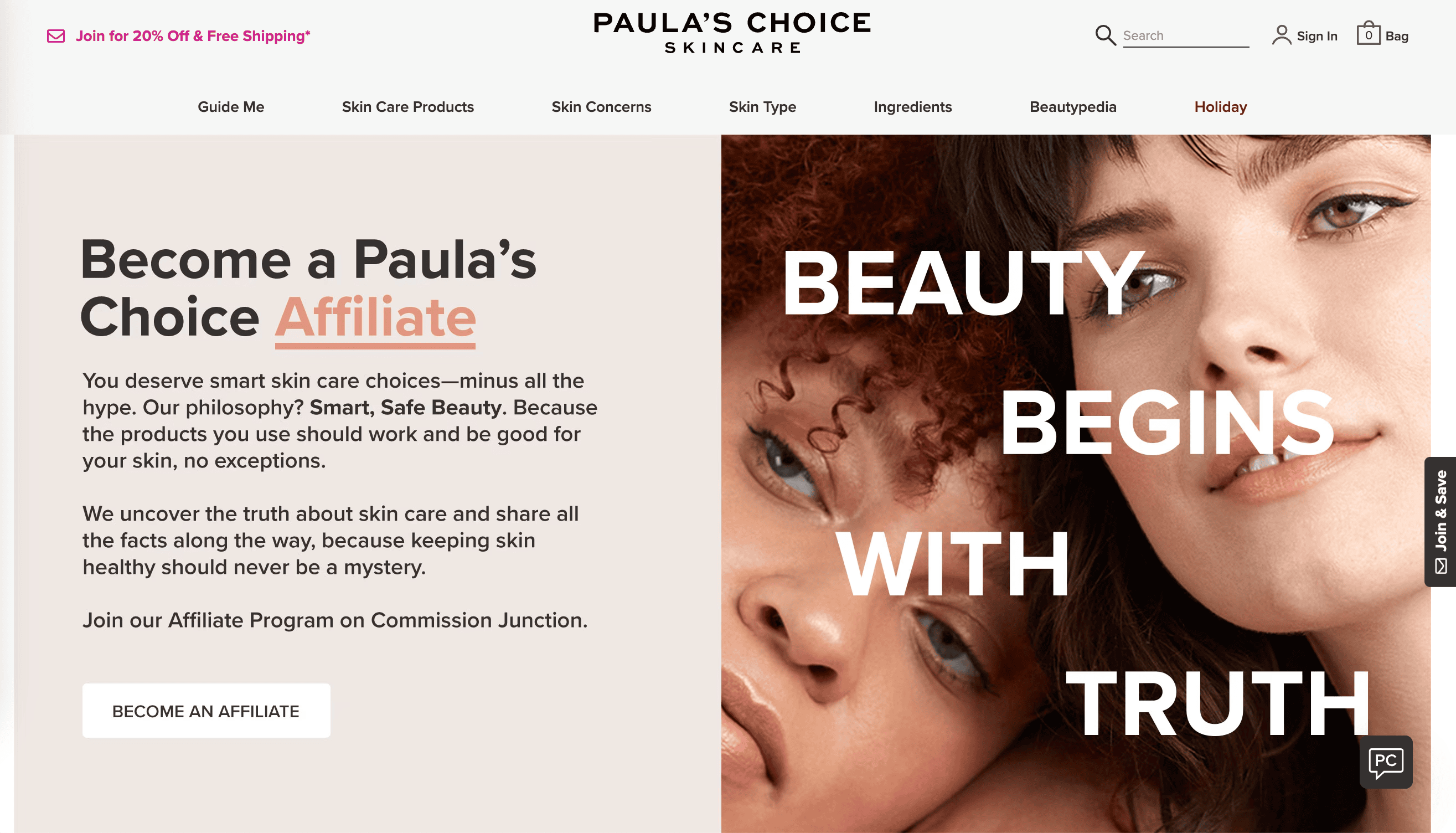What Does It Mean to “Properly” Market on Social Media?
“Properly” is one of those funny words in marketing. It suggests there’s a right way and a wrong way — a clean playbook to follow — but anyone who’s been in the trenches knows it doesn’t work like that....

“Properly” is one of those funny words in marketing. It suggests there’s a right way and a wrong way — a clean playbook to follow — but anyone who’s been in the trenches knows it doesn’t work like that. What actually matters is whether your choices line up with your stage of business and the customers you’re trying to reach.
Social media gets wrapped up in this conversation because it seems like the obvious answer. After all, almost everyone is on social media to some extent, so why not market there? But treating social as the default “proper” channel is where a lot of brands go wrong.
The real “proper” approach is making conscious trade-offs instead of defaulting to what looks easiest or most popular.
Reach matters, but context decides
For early-stage brands, time is a scarce resource. Reach usually follows attention, but not always. The mistake I see most often is over-investing in platforms that don’t have the scale to deliver returns. Teams spend hours polishing visuals, launching giveaways, and chasing engagement only to wonder why revenue doesn’t move.
Sometimes, the issue isn’t the content. It’s the channel. Reaching 400 people who were never your customers to begin with isn’t a strategy; it’s an activity disguised as progress.
That isn’t to say social media doesn’t work. It absolutely can, but one channel should never be the entire strategy. It’s important to diversify and thoroughly understand the roles of each to make more informed strategy decisions.
Be careful with “listening to customers”
You know the old motto, “The customer is always right.” While it’s true in a way, it’s not the whole story. It is important to listen to customer feedback, but don’t take everything they say so seriously. People often say things that sound good in the moment but don’t translate into actual buying behavior. For instance, just because someone says, “I’d buy this in a different color,” doesn’t mean you should create a new product.
Purchases are driven by need, timing, perception, and emotion. If someone isn’t pulling out their wallet, you haven’t nailed one of those yet. Social media can help with these levers, but likes and comments aren’t enough, nor are they the best measurement of customer engagement.
It’s crucial to learn the difference between signals and noise. Every brand gets bombarded with comments, requests, and casual suggestions, but most of them don’t reflect genuine intent. The better move is to validate patterns over time by watching how feedback aligns with actual sales data before implementing any strategic changes.
Scale versus conversion isn’t the real choice
There’s a common belief that it’s better to have a small, highly engaged audience than to chase scale. The idea is nice in theory, but long-term growth usually doesn’t play out that way. There aren’t endless examples of niche brands becoming household names because a handful of posts went viral.
The reality is that local success doesn’t necessarily translate to broader markets. A small group of enthusiastic buyers may sustain you for a while, but the data doesn’t support the idea that this alone builds enduring businesses.
Growth comes from finding ways to replicate conversions across various demographics. Social media plays a role here, but only if it’s treated as a testing ground that informs larger moves, not as your only way to grow and scale.
In truth, you need both meaningful engagement and reach that consistently puts your product in front of the right people. Conversions from a small pool aren’t rare, but staying small forever means stalling growth.
Avoid the absolutes
Guru marketers love absolutes. You often hear to stick to only one social media platform or avoid another, but neither one is entirely true. The more strategic play is balancing short-term direct response with long-term brand building.
Adidas learned this the hard way a few years back, admitting it had leaned too far into short-term tactics at the expense of brand equity. The same principle holds today. Social media is powerful, but ROI comes from measuring what matters — not vanity metrics.
That’s why the “best platform” conversation misses the point. There isn’t a single best option, only what works in your specific market and how it fits into your growth strategy and timing. Timing is everything because what works today with this generation may not work tomorrow with the next.
Some platforms may offer quick traction, while others offer steady brand equity. The trick is combining them in a way that doesn’t exhaust your resources or blind you to where actual customers are spending time.
The long and short of it
I wish I could give you a neat how-to guide on how to “properly” market a product on social media. Plug-and-play steps. A tidy checklist. But it wouldn’t be real.
Marketing depends on where you are, who you’re talking to, what you’re offering, and how that lands in the real world. The only proper way is the one that actually works for your business. Social media might be your biggest marketing win, or it could be a supplement to another marketing tactic. Either way, it’s a tool, not the definition of “proper.”
And that’s the challenge: resist the temptation of certainty. Social media won’t magically solve your marketing strategy, and neither will any single tactic. What works is putting in the thought, testing your assumptions, and committing to a mix of strategies that reflect both the immediate and the long-term growth.
In other words, “proper” to you isn’t what is “proper” for the next entrepreneur. “Proper” is whatever your business needs to continue growing.

 Astrong
Astrong 



















![The 2026 AI Search Benchmark Every SEO Leader Needs [Webinar] via @sejournal, @lorenbaker](https://www.searchenginejournal.com/wp-content/uploads/2025/11/1-259.png)










